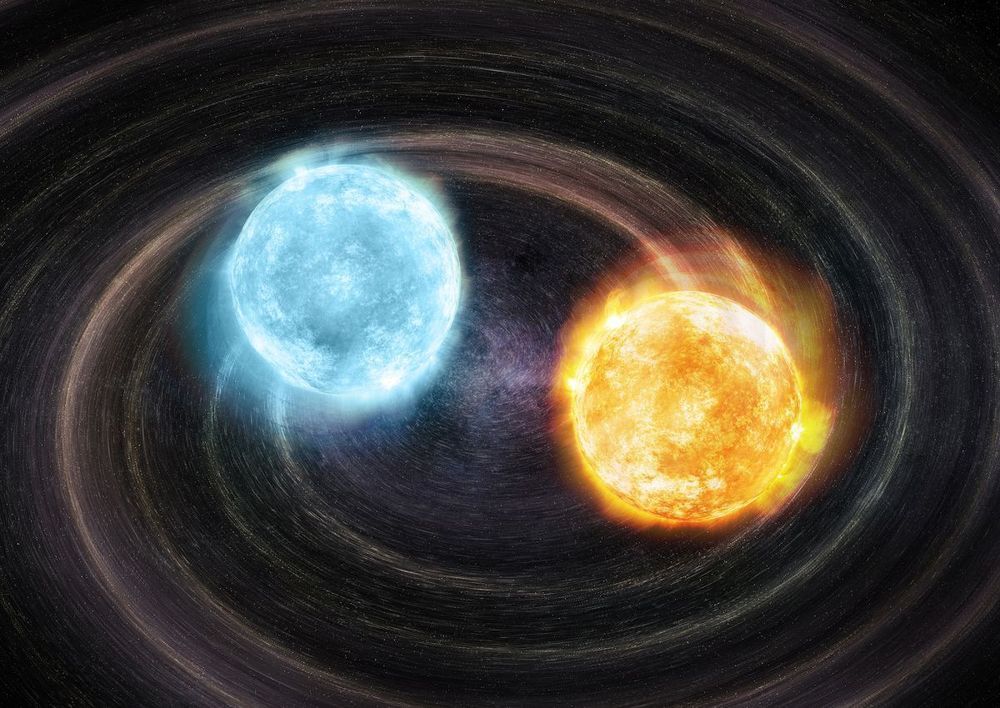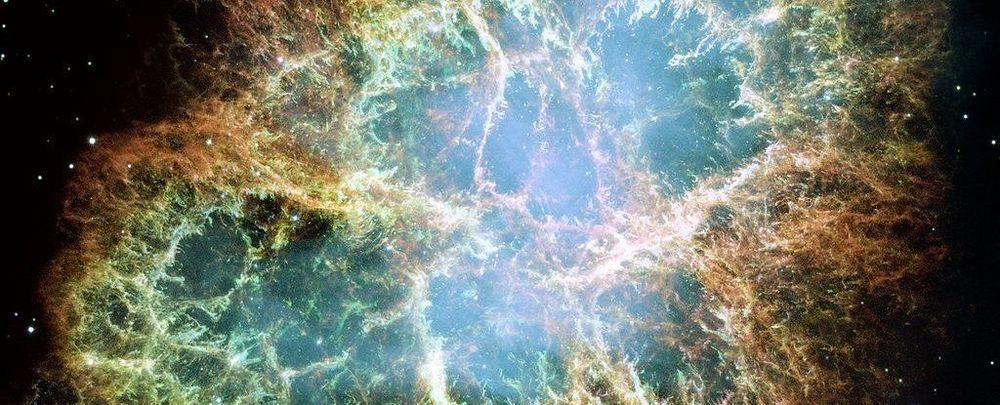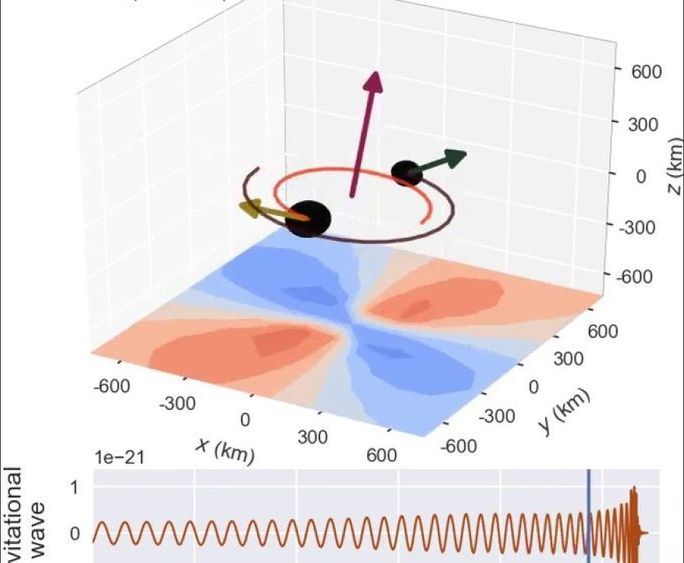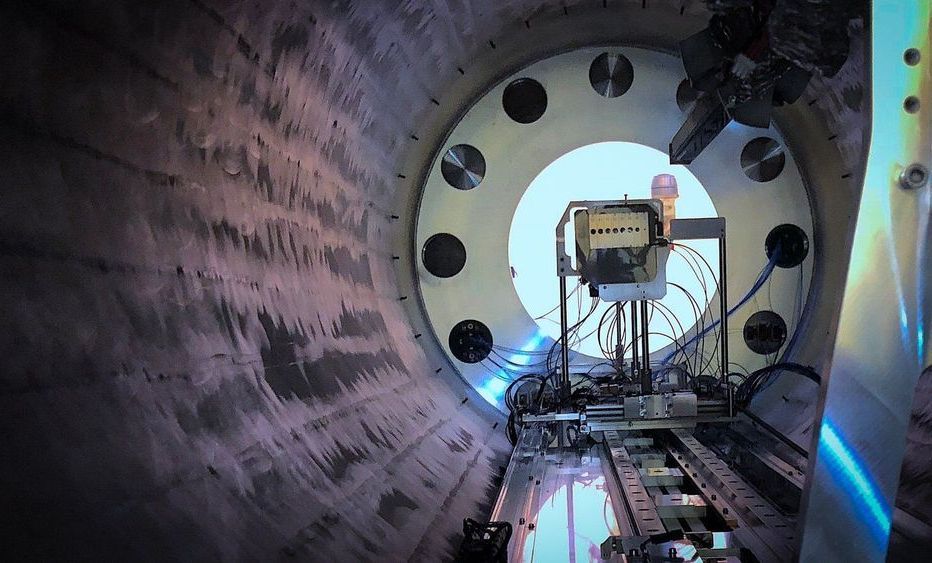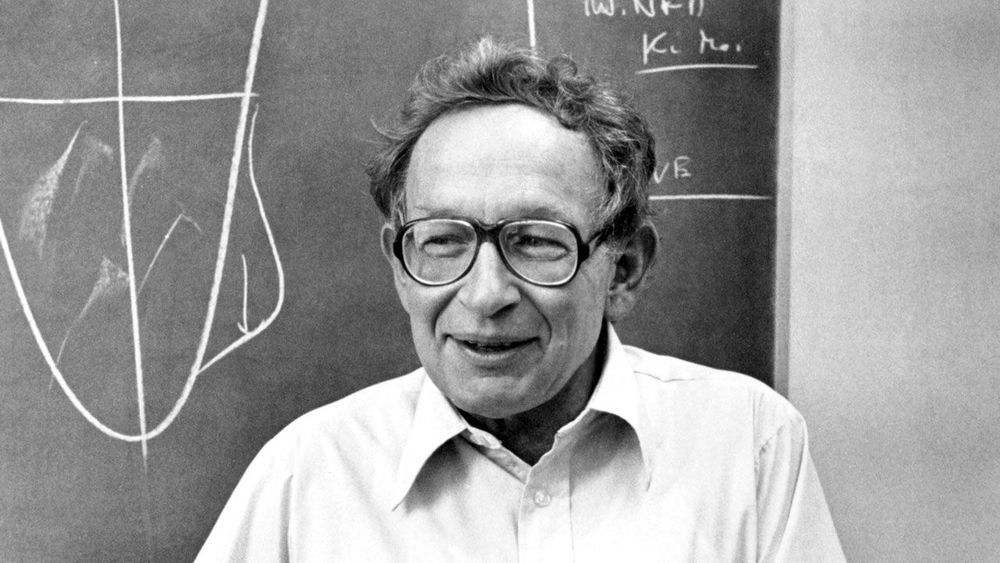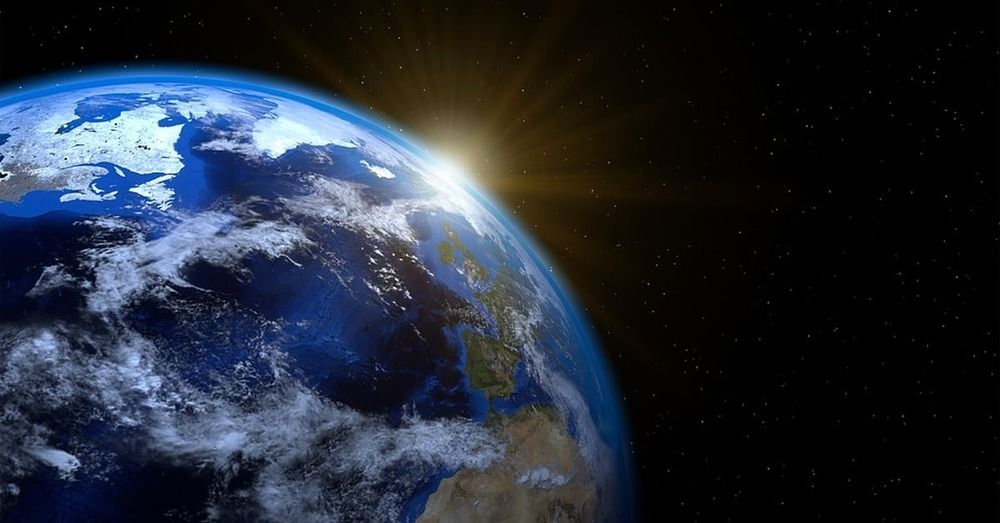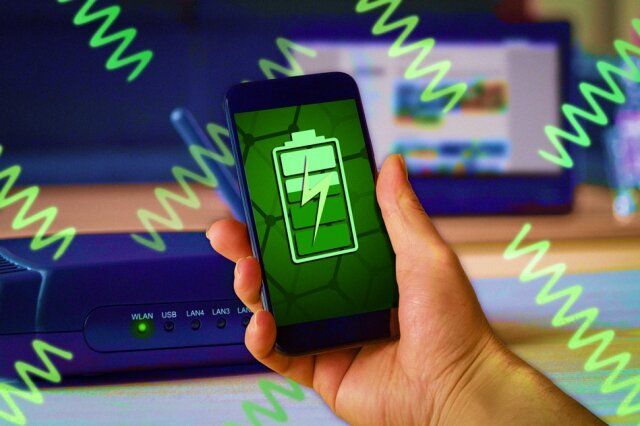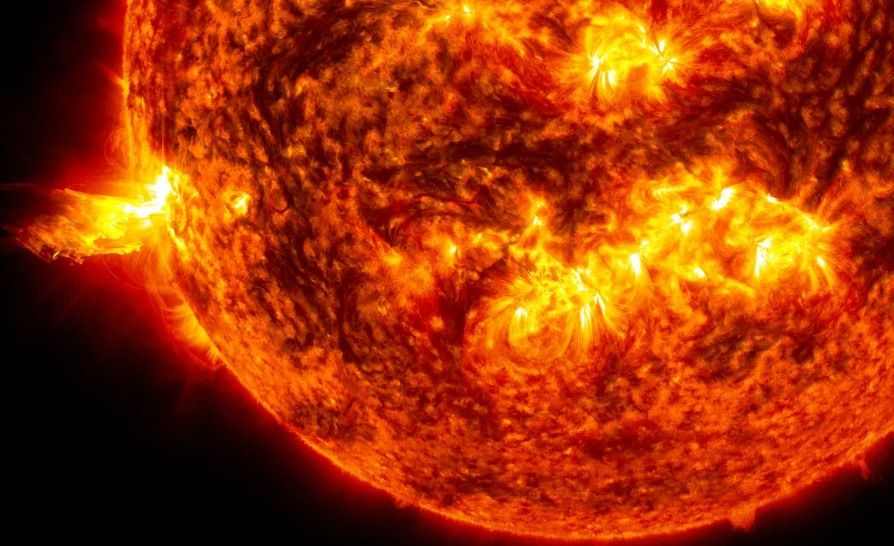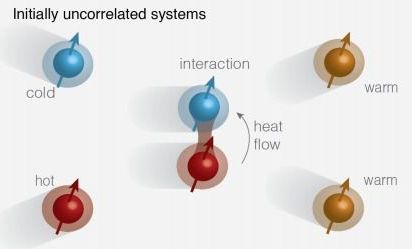Apr 5, 2020
Astronomers spot never-before-seen gravitational wave source from binary white dwarf stars
Posted by Genevieve Klien in categories: energy, physics, space
Astronomers have detected two stellar corpses whirling around each other, and they might be producing gravitational waves.
White dwarf stars are what become of stars like our sun after they run out of fuel and turn into leftover hot cores. For many years, researchers have predicted that there should be binary, or two-object, systems made up of white dwarf stars. According to general relativity, two such masses orbiting each other should emit energy in the form of gravitational waves, which are ripples or disturbances in the fabric of spacetime.
